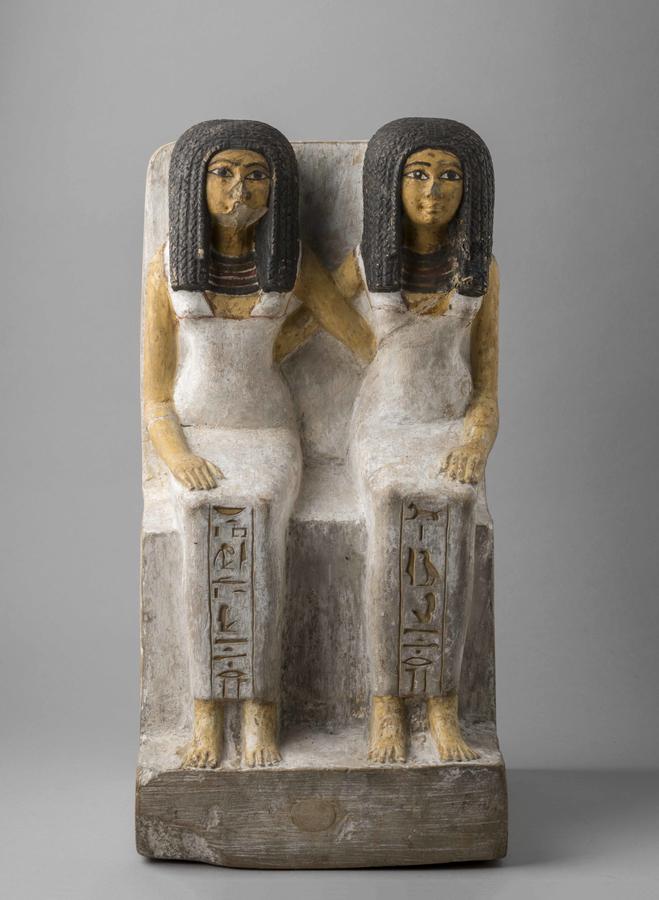Queen Nefertari’s Egypt celebrates the wives of pharaohs during the New Kingdom period (1550–1070 BC), when Egyptian civilization was at its height.
These women—not just great royal wives, but also sisters, daughters, and mothers of pharaohs, and sometimes even pharaohs themselves—are brought to life through some 230 exceptional objects, including statues, jewelry, vases, papyrus, steles, mummies, wooden coffins, and stone sarcophagi, as well as tools and various items of daily life from the artisan village of Deir-el-Medina, home to the craftsmen who made the royal tombs. These astonishing treasures showcase the legacy of these amazing women—whose status often verged on divine. All of the selected masterpieces come from the Museo Egizio in Turin, the second-most-important permanent Egyptian collection in the world after Cairo and one of the most prestigious museums in Italy.
Nefertari, whose name means “the most beautiful of them all,” was the beloved royal wife of Pharaoh Ramesses II. Linked to some of the most magnificent monuments of ancient Egypt, she not only appears in statues, images, and inscriptions on the buildings of Ramesses II, but a complete temple was consecrated to her in Abu Simbel, beside the one dedicated to her husband. Her tomb is the largest and most richly decorated in the Valley of the Queens. It was discovered in the early twentieth century by a team of Italian archaeologists led by Ernesto Schiaparelli, then director of the Museo Egizio, and the team’s journey of discovery on the banks of the ancient Nile is also chronicled through the stunning artifacts on view.
Box Office
- (817) 332-8451






COMMENTS